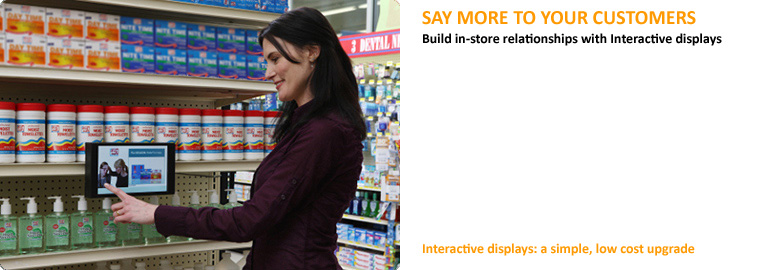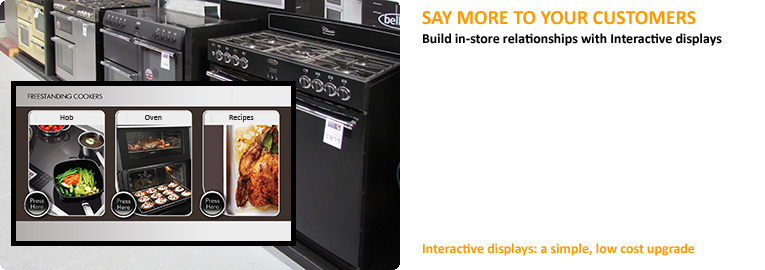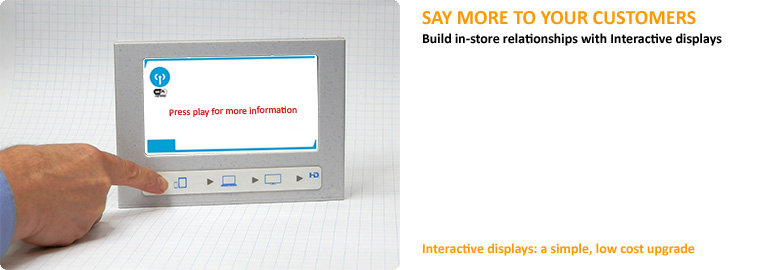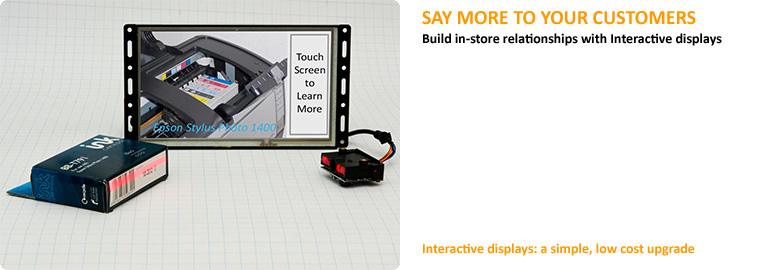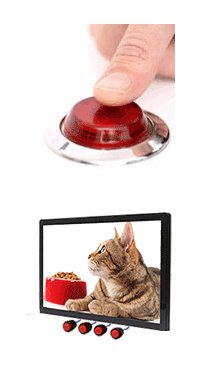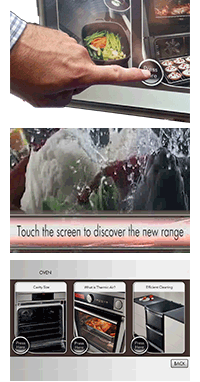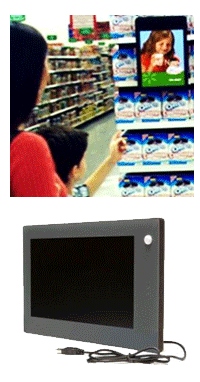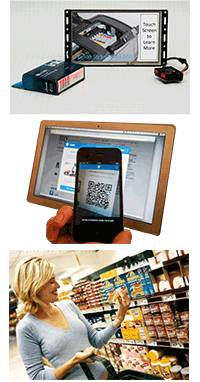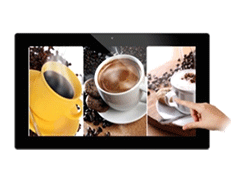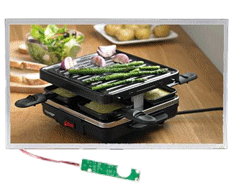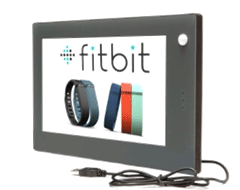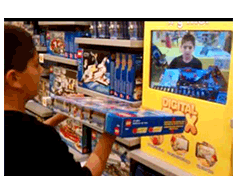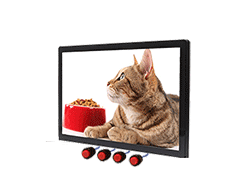
|
|
A standard display will broadcast content, typically playing images and movie content in an endless loop. Highly effective at grabbing the attention of a shopper, demonstrating product and boosting sales, displays are becoming more and more common across all retail sectors. An interactive display builds on these powerful marketing tools by changing in response to the action of a customer. This provides the means to deliver more targeted information to customers at the point of purchase. Both compelling and persuasive, the clear benefits of interactivity in many retail environments are outlined in the slideshow above. One of the simplest forms of interactivity is the sensor. The customer does not interact with the display itself, but the display will change in some way when a customer is close or picks up a product. Buttons and touchscreens provide a higher level of interactivity with the customer opting consciously to interact with the display and allowing the marketeer to deliver much more targetted information on a single display. Other forms of interactivity include barcode scanners, QR code readers and lift-and-learn sensors. All have the same things in common:
So, read through the slideshow on this page and browse the product tabs to see how interactivity represents a high value marketing win for a low incremental cost. |
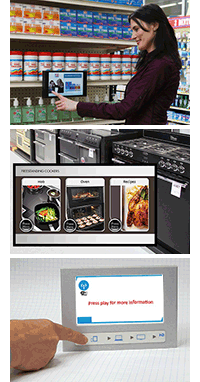
|
